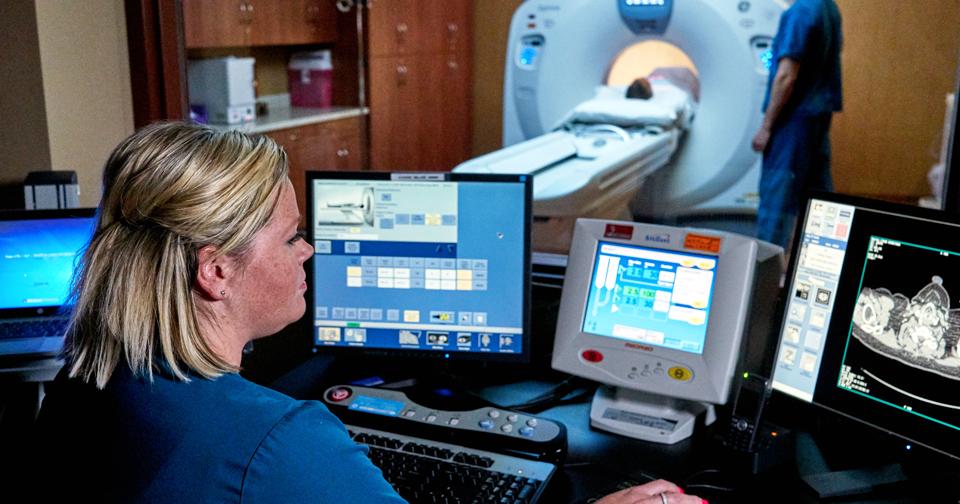Options For Treating Rhabdomyosarcoma
A sarcoma is one of many cancers that develop from connective tissues. Rhabdomyosarcoma is made of cancerous cells that would normally become voluntary muscle cells. Rhabdomyoblasts are cells, which can become cancerous, that begin forming before birth and later develop into voluntary muscles. Since rhabdomyosarcoma develops from cells present early in development, this cancer usually affects children. There have been cases reported in adults, though. This type of cancer is capable of starting in almost any part of the body, including areas of the body that do not typically have voluntary muscles.
There are two types of rhabdomyosarcoma: embryonal and alveolar. Embryonal rhabdomyosarcoma tends to affect children aged five years old or younger. Alveolar rhabdomyosarcoma can affect every age group. There are quite a few treatments available.
Radiotherapy

Radiotherapy, or radiation therapy, is a common cancer treatment that uses high-energy, focused waves of light to damage the cancer cells. Typically, treatment will involve protons, electron beams, gamma rays, or x-rays. The goal of radiation therapy is to break up the DNA inside the affected cells, which kills cancer cells and prevents them from dividing. Normal cells can also sometimes be affected by radiation therapy if they're near the cancer site, but they tend to recover and continue functioning normally after treatment is over. This treatment is unique due to its highly focused approach. One specific part of the body is irradiated.
Rather than having full-body effects, this treatment affects only a small portion of the body, and is often recommended for individuals with cancers that have not spread to the rest of the body, but for whom an operation is not a viable option. Sometimes surgery is impossible or would cause too many impairments to bodily function to do. Certain radiotherapy treatments are swallowed or injected through the vein.
Surgery

In many cases, surgery will be recommended to treat cases of childhood rhabdomyosarcoma. Wide local excision is a common operation for this cancer. With this procedure, the tumor will be removed along with some of the surrounding healthy tissue, which helps ensure no cancer cells are left behind. The lymph nodes are also removed during this procedure. After an operation, the patient will typically be monitored for signs of recurrence. It's possible more than one operation will be necessary to clear cancer entirely.
The type of operation done depends on a variety of factors including the location of the tumor, effect on the child's appearance, effect on the child's bodily functions, and the tumor's response to previous treatments. Operations will sometimes be done after the tumor has been shrunk through radiotherapy or chemotherapy.
